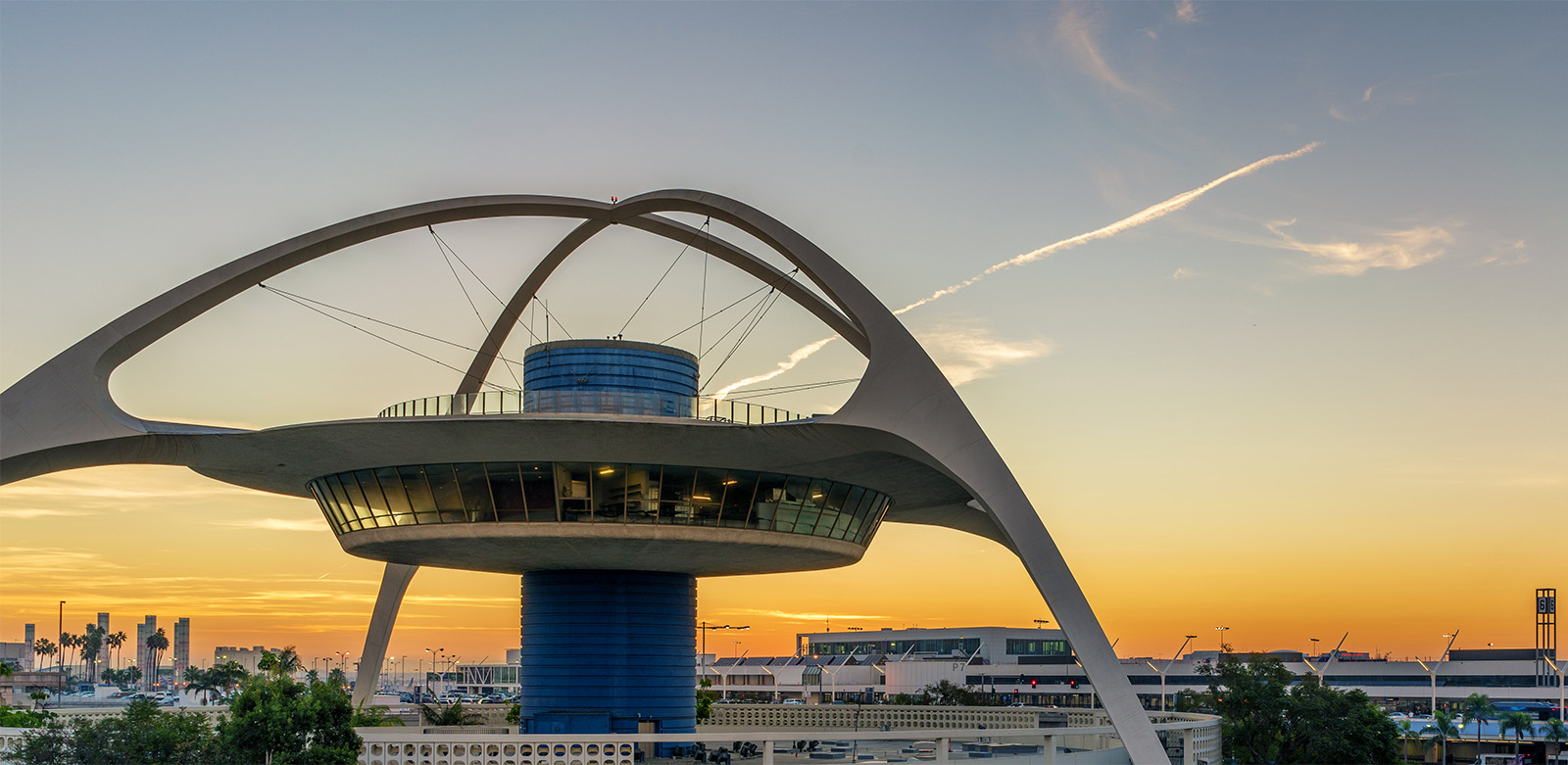Emily Merz: Niche transit systems could lower LAX congestion, increase LA’s ridership

The Los Angeles City Council recently approved a transit project at LAX that will help improve public transportation. However, the council must recognize that this new project may include complications. (Creative Commons photo by Jeff Turner via Flickr)
By Emily Merz
May 1, 2018 12:41 a.m.
New York. Chicago. San Francisco. Philadelphia. Boston.
The densest cities in the U.S. have one thing in common: They all have well-developed public transportation.
Then there’s Los Angeles, the second-largest city by population, and perhaps the slowest moving part of southern California.
LA is constantly berated for its underdeveloped public transportation. The concern is valid: It’s hard to get to Downtown LA from the Westside unless you have an hour and a half to spare on a bus ride. Getting from east to west LA requires multiple connections and buses. And the city still lacks a comprehensive and interconnected subway system.
But another part of the issue rests in ridership. People in LA overwhelmingly do not use public transportation: At most 7 percent of LA residents use Metro on a regular basis.
“Right now, ridership is down, which is worrisome,” said Jim Newton, professor of public policy at UCLA.
Low ridership and stagnant public transportation are in a positive feedback loop: People perceive routes as untimely or difficult to navigate, ridership declines and in turn, city hall is disincentivized from addressing riders’ navigation concerns.
One proposal, however, challenges the norm: the recently approved Los Angeles International Airport people mover, a rail line that will be completed by 2023.
The line, which is intended to mitigate the traffic-related concerns of entering and exiting LAX, will run from the new Crenshaw Metro station, through a rental car station and drop-off area, into the center of the airport.
It’s good that LA is finally engaging in more niche public transit, given that nearly all of its recent public transportation expansions are bus and Expo line extensions. Betting on the usual expansions of general use, public transportation has gotten LA nowhere, considering ridership is low, and the way forward for the City of Angels is through targeted, not generic, public transport.
LAX is known for its snail’s pace. The airport has the third-longest average time in the U.S. for passengers to get from their departing locations to airport terminals, according to a study conducted by Travelbank.
The people mover would address four major issues at LAX, said Brian Taylor, a professor in the Luskin School of Public Policy at UCLA. It would help people move between terminals without having to leave the airport building. It will also reduce curbside traffic within the horseshoe, the long roundabout that encircles the airport’s terminals, by shuttling passengers to drop-off points outside and within the terminals.
Additionally, the people mover removes the need for airports to run shuttles from LAX to rental car buildings, since it would directly transport people from the terminal to the rental car stations. Lastly, the people mover would connect to the to-be-constructed Crenshaw Metro line, allowing more people to use public transportation to travel to and from the airport.
The people mover obviously addresses many Angelenos’ concerns about commuting to and from LAX. The potential benefits of this new paradigm of transportation, as opposed to a generalized transportation line that diffusely addresses the specific, yet major concerns of transit near LAX – congestion in the horseshoe, transport to rental car stations and so on – indicate that a niche form of public transit is the best way to reform LA’s transit system. After years of minor changes to public transit and ridership falling to its lowest rate in more than a decade, it’s time for LA to target its proposals to certain high-density or high demand-issues.
Of course, there are caveats to creating specific transportation projects. Taylor pointed out that if the people mover drastically reduces traffic going into LAX, people may be incentivized to start driving into the horseshoe again.
“Without managing the cars going in there, people will start driving into the horseshoe, so it doesn’t mean it will eliminate congestion,” he said.
But there are ways around these kinds of side effects. Taylor said the city could institute a toll to drive into LAX, ensuring commuters take advantage of the people mover and reduce the traffic within the horseshoe in the long term.
Sure, it’s impossible to have targeted public transit for every desired destination. But public transport is already wildly unpopular in LA despite the city council’s new transportation projects.
“LA should be exploring other ways to expand its transportation networks,” said Newton. “The more LA invests in these (targeted transportation projects), the more it will pay off.”
Niche transit systems can be an effective way to get people out of their cars and into public transit by providing accessible routes for specific trips that are in high demand. Projects like the people mover are the best way to, well, keep people moving.


